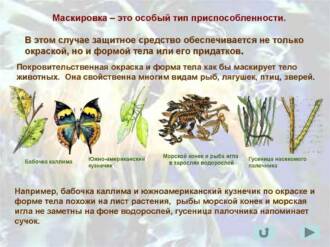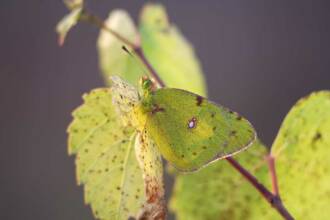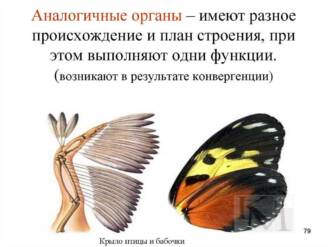
There are many amazing mechanisms in nature that help animals survive and remain undetected in dangerous environments. One such mechanism is the use of ocelli on the wings of butterflies. These ocelli play an important role in defense and camouflage, helping butterflies survive and avoid predators.
The ocelli on the wings of butterflies are round or oval patterns that resemble eyes. They can come in different sizes and colors, but are usually brightly colored and stand out against the background of the wing. These ocelli create the illusion that the butterfly has additional eyes, which confuses predators and causes them to retreat.
The eyes on the wings of butterflies perform several functions. Firstly, they divert the attention of predators from the most vulnerable parts of the butterfly's body, such as the head and abdomen. Predators, seeing the eyes, turn their attention to them and direct their attack specifically at them, not paying attention to the rest of the butterfly’s body.
Secondly, the eyes on the wings of butterflies serve as a means of camouflage. They can be positioned on the wing in such a way that they create the illusion of volume and shadow. This allows the butterfly to blend into its environment and be virtually invisible to predators. In addition, the bright color of the eyes can distract the attention of predators from the butterfly itself and disrupt their orientation, which also contributes to its rescue.
Evolution of eyes on wings
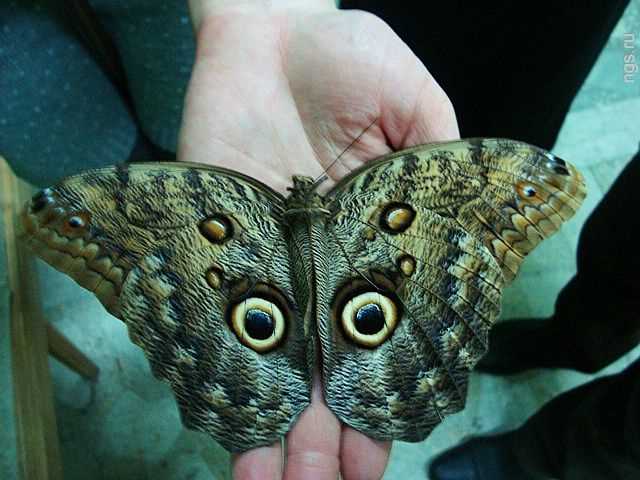
The eyes on the wings of butterflies are an evolutionary mechanism of protection and camouflage. They are one of the most striking examples of mimicry in the animal kingdom. These ocelli, located on the surface of the wings, have a shape and color very similar to real eyes. Thanks to this, butterflies create the illusion of a threatening look, scaring away predators or distracting their attention.
The evolution of eyespots on butterfly wings took place over many millions of years. At first, they could have been just bright spots on the wings that attracted the attention of predators. Through the process of natural selection, individuals with spots that looked more like eyes were more likely to survive and pass on their genes to their descendants.
Gradually, the eyes on the wings became more complex and realistic. They began to have not only the shape of the eye, but also details such as the iris and pupil. In addition, they gained the ability to reflect light just like a real eye. This makes them even more convincing and effective as a defense mechanism.
Interestingly, the eyespots on the wings can have different functions depending on the butterfly species. In some, they serve to scare away predators, while in others, they serve to attract mates during reproduction. Some butterfly species can even mimic the eyespots on the wings of other species to confuse predators and increase their chances of survival.
Protective eye function

The eyes on the wings of butterflies perform an important protective function. They serve as a means of camouflage, allowing butterflies to hide from enemies and become invisible.
The eyes can imitate the eyes of birds of prey or other dangerous animals. This creates the illusion of a threat and diverts the attention of potential predators from the vulnerable parts of the butterfly's body. Thanks to this trick, butterflies can avoid attack and save their lives.
In addition, the eyes can serve as a signal to other butterflies. They can indicate certain dangers or warn of the presence of predators in the area. In this way, butterflies can prevent attacks on themselves and help other individuals avoid danger.
The eyes on butterfly wings are one of the great examples of evolutionary adaptation. They help butterflies survive in harsh natural conditions and adapt to their environment. The protective function of the ocelli is an excellent example of the interaction of natural selection and adaptive changes that allow butterflies to survive and reproduce.
Mimicry and camouflage

Mimicry and camouflage are natural defense mechanisms that allow animals and plants to hide from potential predators or hunters. They are based on evolutionary adaptations and can create the impression of invisibility or another species.
One form of mimicry is camouflage as another organism or environment. Animals can take on the appearance of other species to confuse predators or avoid their attention. For example, butterflies may have patterns on their wings that are very similar to the eyes of birds of prey. This makes the birds refuse to attack, as they think that this is not a defenseless butterfly, but a dangerous predator.
Camouflage is another way to hide from enemies. It is based on imitation of the environment. Animals may have colors similar to those of plants or the background in which they live. This allows them to blend into their surroundings and become invisible to predators or hunters. For example, some beetles have colors that make them virtually indistinguishable in trees or on the ground.
Mimicry and camouflage are important survival strategies in nature. They allow organisms to avoid danger and remain undetected. These evolutionary adaptations continue to be developed and applied in nature to this day.
Variety of butterfly eyes

The ocelli on butterfly wings are unique structures that perform several functions. They serve as a means of protection from predators and at the same time are an element of camouflage, allowing butterflies to blend into their environment.
The eyes on the wings of butterflies can be of different shapes and colors. Some eyes are round, others are oval or triangular. The color of the eyes can also vary from bright orange or red to neutral brown or gray. With such a variety of shapes and colors, butterflies can imitate various objects in their environment, such as animal eyes or spots on rocks or leaves.
Some butterflies have ocelli on only one wing, while others have ocelli on both wings. This allows the butterflies to create the impression of movement, diverting the attention of predators from their actual position. In addition, the eyes can be of different sizes, which also helps create the effect of volume and movement.
Thus, the diversity of butterfly eyes is the result of an evolutionary process that allows these beautiful insects to survive in difficult natural conditions. The eyes on butterfly wings are not only a remarkable natural phenomenon, but also an amazing example of an adaptation and defense mechanism that helps them survive and reproduce.
The role of peepholes in attracting a partner
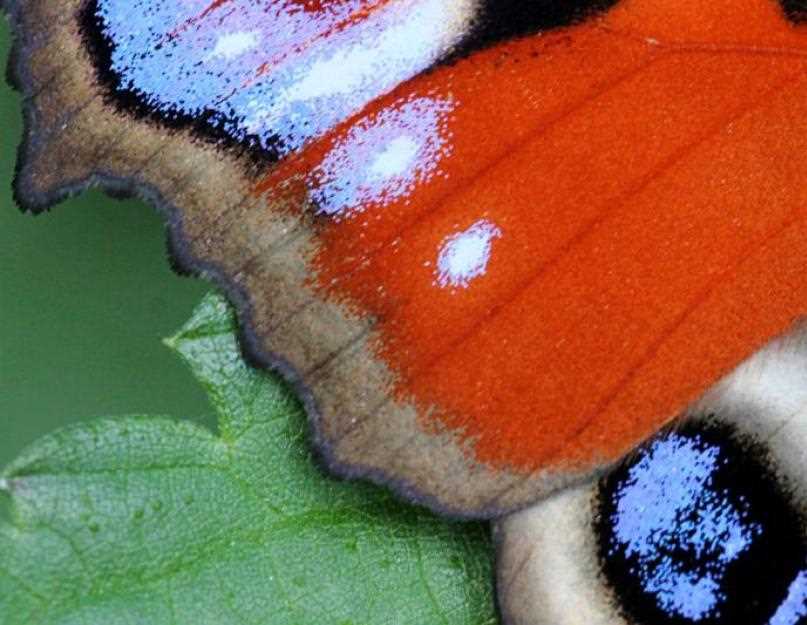
The eyes on the wings of butterflies play an important role in attracting a mate during breeding. They are one of the main factors that attract the attention of males and help females choose a suitable partner.
The eyes on the wings of butterflies have bright colors and unique patterns that attract attention with their unusualness. They create a sense of movement and depth, which makes them even more attractive to partners. Such patterns can be different: from simple dots and lines to complex geometric shapes.
In addition, the eyes on the wings of butterflies can have reflective properties, which makes them even more attractive to partners. They reflect light and create a sparkling effect, attracting attention and arousing interest from potential partners.
Also, the eyes on the wings of butterflies can serve as a signal to males that they are ready to reproduce. They can change their brightness and intensity depending on the sexual maturity of the female. This helps males determine when a female is ready to mate and attracts their attention.
Thus, the ocelli on the wings of butterflies play an important role in attracting a mate during breeding. They are one of the important factors in choosing a partner and create unique opportunities for communication between individuals of the same species.
The importance of peepholes for science and biology

The eyes on the wings of butterflies are of great interest to science and biology. They are one of the important elements of protection and camouflage that allow butterflies to survive in the wild.
The eyes on the wings of butterflies can imitate the eyes of predators or other dangerous creatures. This allows the butterfly to confuse its enemies and divert their attention from the vulnerable parts of its body. Research shows that the presence of eyespots on the wings significantly increases a butterfly's chances of survival.
In addition, the ocelli on butterfly wings play an important role in sexual selection. They serve as an indicator of the quality and health of the male, which attracts the attention of females and contributes to successful reproduction. Thanks to these eyespots, butterflies can select males with the best genetic characteristics and ensure that these characteristics are passed on to their offspring.
Studying the eyes on the wings of butterflies allows biologists to better understand the processes of evolution and adaptation in nature. They study the mechanisms of formation and development of ocelli, their influence on the behavior and survival of butterflies. This research could be used to develop new methods of defense against predators or to create artificial materials using the principles of camouflage.


